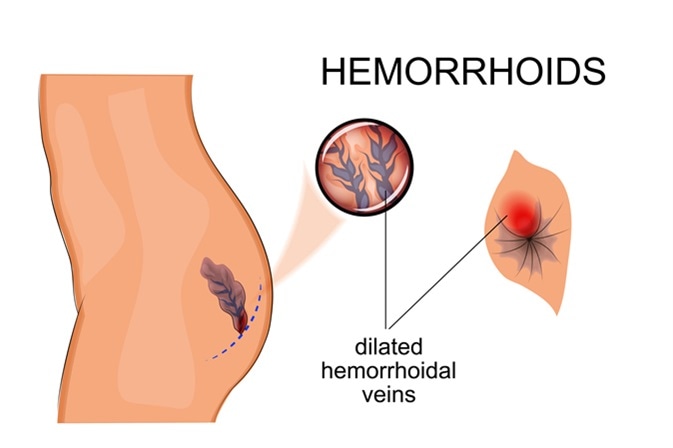Home Remedy of Piles
Piles is one of the ano-rectal diseases which occurs in Gudapradesha (anus). It has become a common disease in the society due to inappropriate diet, sedentary lifestyle, low fiber diet, prolonged sitting or standing, constipation, etc. In Ayurveda the main cause is of piles is due to disturbances in the jatharagni. Medicinal therapy is mentioned mainly for piles in the earlier stages, where the Doshas involved, symptoms and complications are not very severe.Piles can be managed by conservative management, surgery or cauterization (agnikarma). In this article we will discuss about the home remedy of piles.
Piles, are clumps of dilated veins in the anus and lower rectum. These become swollen and inflamed causing pain and rectal bleeding while defecation. Incidence of piles can occur at any age and can affect both the sexes. It has been estimated that at least 50% of individuals over the age of 50 years will have, at some point, experienced symptoms related to piles.
It is a very common disease in most societies, especially in Asian countries. Their symptoms like uneasiness, discomfort, pain and /or bleeding during defecation, constipation and tenesmus cause a great deal of discomfort. They are usually of two types; external or internal with respect to their position with anal orifice.
Types On the basis of position
1. Internal
2. External
External Piles: External hemorrhoids are those that occur outside the anal verge (the distal end of the anal canal).
Internal Piles: Internal hemorrhoids are those that occur inside the rectum.
The symptoms of pathological piles depend on the type present.
Internal hemorrhoids usually present with painless rectal bleeding while external hemorrhoids may produce few symptoms or if thrombosed significant pain and swelling in the area of the anus.
Here Are The Home Remedy Of Piles
The home remedy of piles includes drinking more fluids, eating more dietary fiber (such as fruits, vegetables and cereals high in fiber), yoga exercise ( better if you take some therapeutic yoga training which help to heal specific problem like piles), practicing better posture, and reducing bowel movement strain and time. Wearing tight clothing and underwear may also contribute to irritation and poor muscle tone in the region and promote piles development.
Women who notice they have painful stools around the time of menstruation would be well-advised to begin taking extra dietary fiber and fluids a couple days prior to that time.
Fluids emitted by the intestinal tract may contain irritants that may increase the fissures associated with piles. Washing the anus with cool water and soap may reduce the swelling and increase blood supply for quicker healing and may remove irritating fluid.
Many people do not get a sufficient supply of dietary fiber (20 to 25 grams daily), and small changes in a person’s daily diet can help tremendously in both prevention and treatment of piles or home remedy of piles.
Dietary and lifestyle modification
Passing hard stool on the anal mucosa may cause damage to the anal cushions and lead to symptomatic piles. Increasing intake of fiber or providing added bulk in the diet might help eliminate straining during defecation. In a clinical studies of piles, fiber supplement reduced the risk of persisting symptoms and bleeding by approximately 50%, but did not improve the symptoms of prolapse, pain, and itching. Fiber supplement is therefore regarded as an effective treatment in non-prolapsing piles.
It can take up to 6 weeks for a significant improvement to happen. As fiber supplements are safe and cheap, they remain an integral part of both initial treatment and of a regimen following other therapeutic modalities of piles. Lifestyle modification and home remedy of piles should be advised to any patients with any degree of piles as a part of treatment and as a preventive measure. These changes include increasing the intake of dietary fiber and oral fluids, reducing consumption of fat, having regular exercise, improving anal hygiene, abstaining from both straining and reading on the toilet, and avoiding medication that causes constipation or diarrhea.

